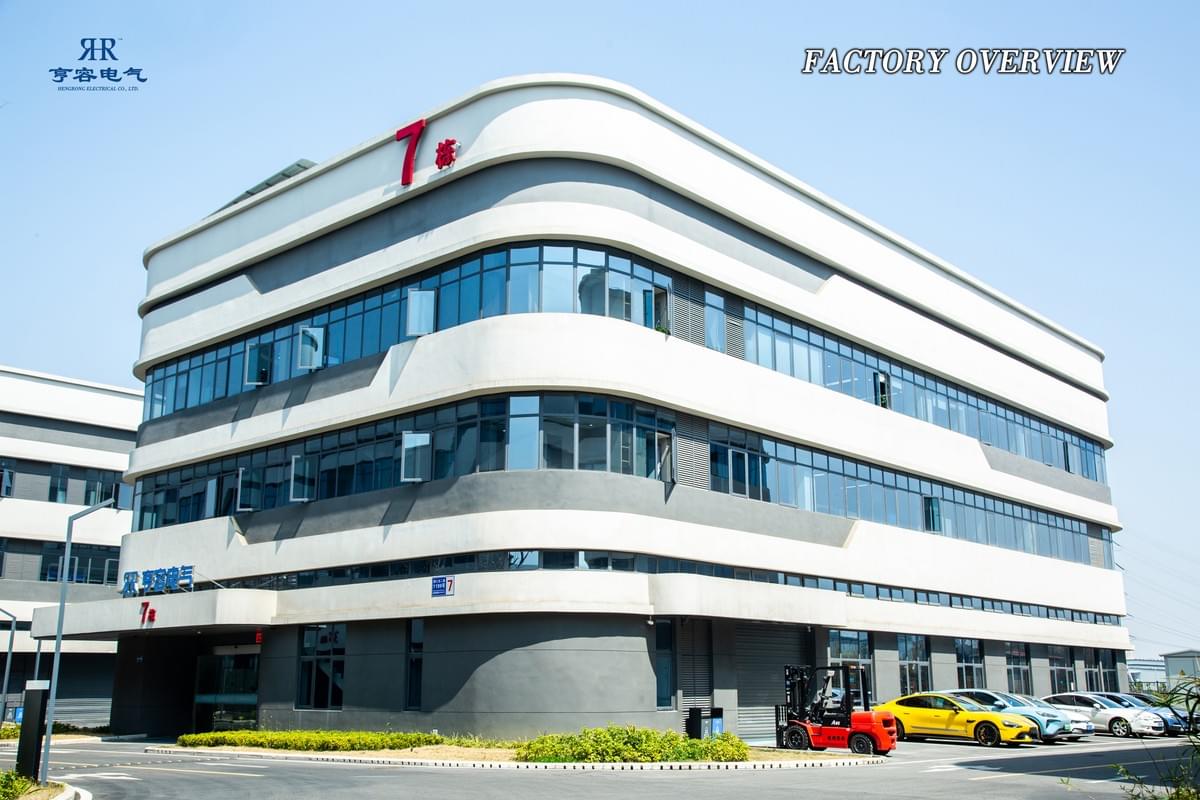Variable Frequency Drives: Smart Choice for Energy Efficiency
Variable Frequency Drives: Smart Choice for Energy Efficiency
In today’s industrial and building sectors, energy efficiency and equipment reliability have become top priorities. As one of the core technologies for motor control, the Variable Frequency Drive (VFD) is being widely adopted by businesses and engineering projects around the world.
What is a Variable Frequency Drive?

The operation of a VFD generally consists of three major components:
- Rectifier – Converts incoming AC power into DC power.
- Inverter – Converts the DC power back into AC power with adjustable frequency.
- Control unit – Uses a microprocessor or control chip to dynamically regulate output voltage and frequency, achieving precise speed control.
Benefits of Using VFDs

- Significant Energy Savings – Particularly effective in fans, pumps, and similar equipment where motor speed can be adjusted to match demand.
- Extended Equipment Life – Smooth starting and stopping reduces mechanical stress and wear.
- Reduced Noise and Vibration – Flexible speed control enables quieter and more stable operation.
- Improved System Reliability – Minimizes overload, overheating, and stress on motors.
Typical Applications
- Industrial Production Lines – Conveyors, mixers, and other machinery that require variable speeds for different processes.
- HVAC Systems – Controlling fans and pumps in buildings for optimal energy efficiency.
- Municipal Water Supply and Drainage – Adjusting pump speeds based on peak and off-peak water usage to reduce operating costs.
- Agriculture and Environmental Management – Used in irrigation systems and wastewater treatment to enhance resource utilization.
Key to Energy Saving and Sustainability
With the global push for carbon neutrality and green manufacturing, VFDs have become not only tools for improving efficiency but also critical solutions for energy conservation and emission reduction. By adopting VFD technology, companies can reduce electricity consumption, lower carbon emissions, and enhance automation levels.
Conclusion
VFD technology is rapidly becoming an essential part of modern industry and building management. It helps businesses cut energy costs while contributing to environmental protection and sustainable development. Looking ahead, with the integration of smart technologies and the Internet of Things, VFDs will play an even greater role in smart factories, intelligent buildings, and beyond.

As the industrial landscape continues its shift toward digitalization and sustainability, Hengrong Electrical remains committed to empowering our customers with cutting-edge electrical products. By combining years of field expertise with intelligent design and tailored support, we help businesses unlock greater efficiency, safety, and adaptability on their production lines.
Whether you're enhancing legacy systems or building the factories of tomorrow, trust Hengrong Electrical to be your partner in smart, reliable, and future-ready power control.
